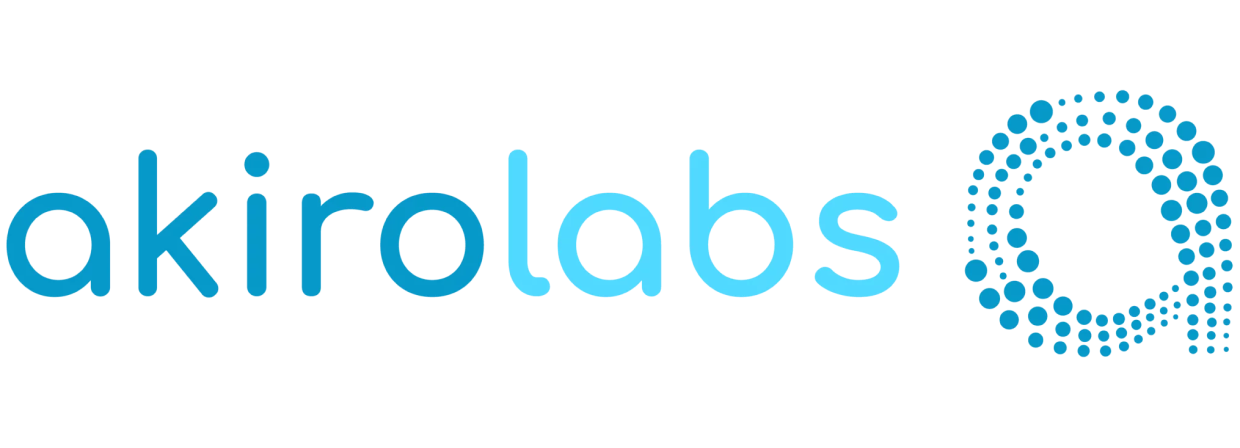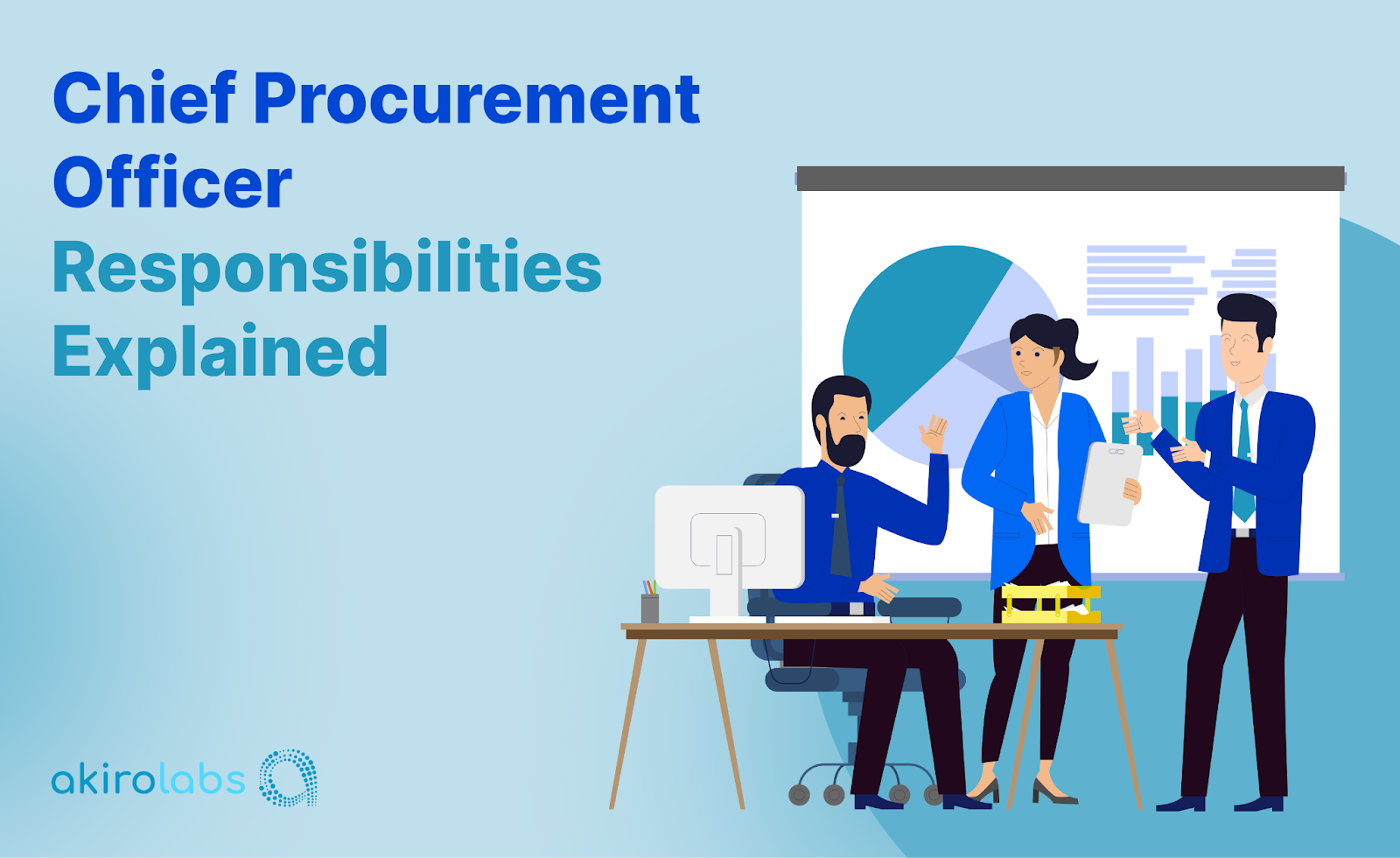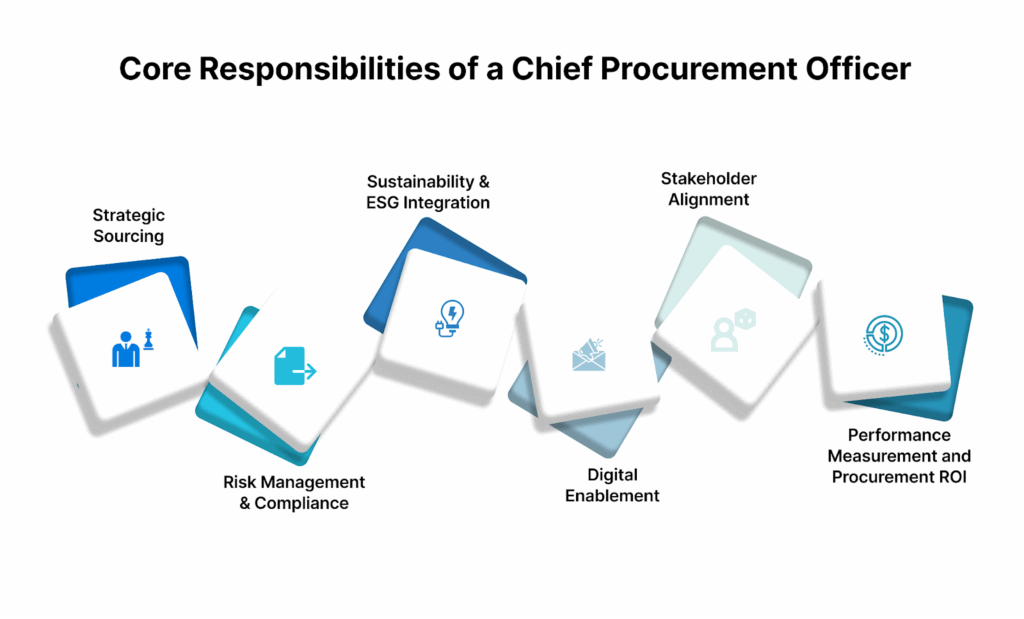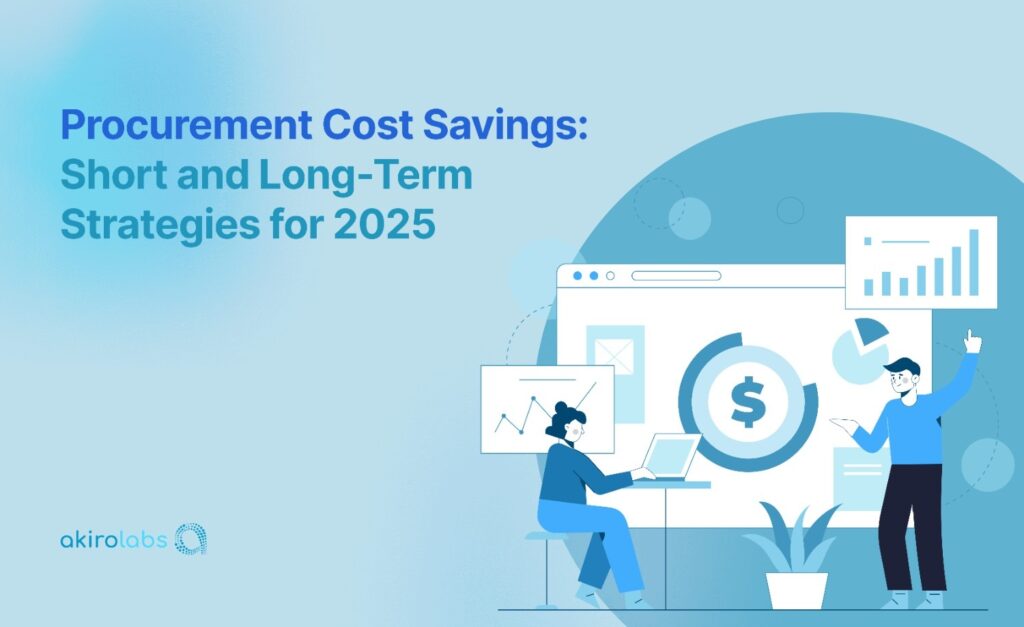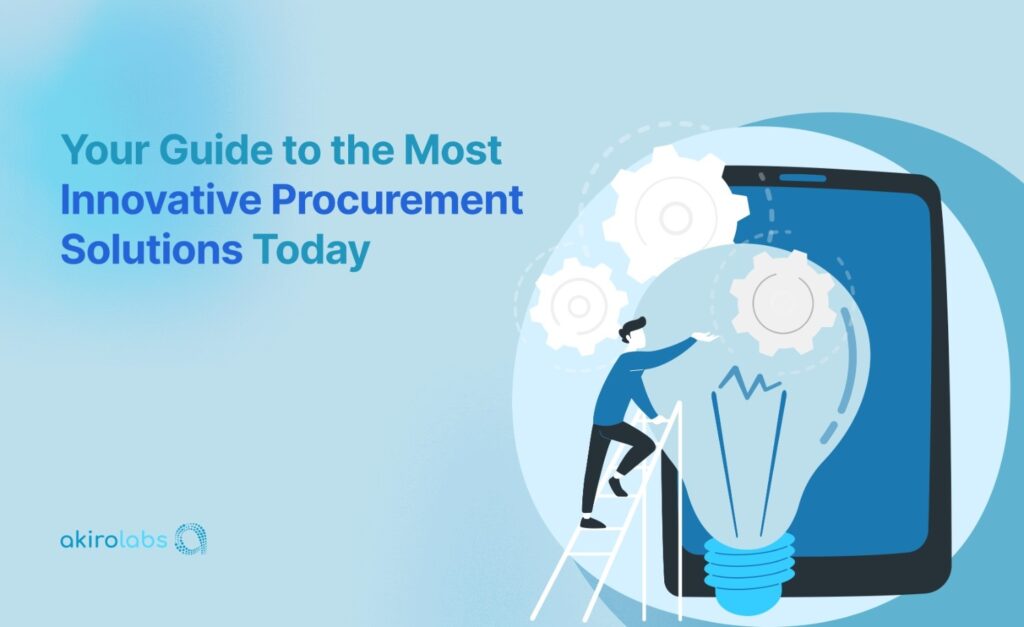As a Chief Procurement Officer, your role is no longer defined by cost control alone. You’re operating at the intersection of global supply chain complexity, stakeholder expectations, and enterprise strategy. Procurement has become critical for driving innovation, enabling sustainability, managing geopolitical and financial risk, and delivering long-term value. The pressure to perform is growing, and so is the scope of your influence.
But what does this expanded role actually require in practice? What decisions, capabilities, and leadership behaviors define success in today’s environment, and what separates a reactive function from a strategic one?
This article breaks down the evolving responsibilities of the modern Chief Procurement Officer. You’ll gain a clear understanding of what’s expected at the C-level, how those responsibilities have shifted over time, and why your role is now instrumental to shaping business outcomes.
Who is a Chief Procurement Officer (CPO)?
The Chief Procurement Officer (CPO) is the executive leader responsible for overseeing an organization’s entire procurement function, from sourcing strategy and supplier management to cost optimization, compliance, and risk mitigation. While historically viewed as a back-office role focused on savings, today’s CPOs are deeply embedded in enterprise strategy, driving value across supply chains, innovation, ESG, and digital transformation.
Scope of Responsibilities
A CPO’s role spans beyond tactical purchasing. They lead the design and execution of procurement strategies aligned with business goals. Core responsibilities typically include:
- Developing enterprise-wide sourcing strategies.
- Overseeing supplier performance, risk, and relationship management.
- Driving ESG and sustainability initiatives in procurement.
- Enabling digital procurement transformation.
- Managing procurement teams and governance.
- Controlling external spend and ensuring regulatory compliance.
According to Deloitte’s Global CPO Survey, cost reduction, digital transformation, and ESG alignment are among the top priorities for CPOs today.
Chief Procurement Officer vs. Chief Sourcing Officer
While the titles are sometimes interchangeable, the Chief Procurement Officer typically has a broader mandate. The Chief Sourcing Officer (CSO) often focuses more narrowly on sourcing strategies and supplier selection, particularly in manufacturing or retail-heavy industries.
Conversely, the CPO oversees the full procurement lifecycle, including purchasing, contracts, risk, compliance, sustainability, and talent management.
Here is a detailed comparison between them:
| Aspect | Chief Procurement Officer (CPO) | Chief Sourcing Officer (CSO) |
| Focus | End-to-end procurement, including sourcing, purchasing, and supplier management. | Primarily focused on supplier selection and sourcing strategies. |
| Scope | Broad – includes risk management, compliance, cost control, and supplier performance. | Narrower – focused on sourcing and supplier negotiations. |
| Strategic Role | Leads procurement transformation and aligns with business goals. | Develops sourcing strategies to support procurement needs. |
| Supplier Management | Oversees long-term supplier relationships and performance. | Manages supplier selection and initial engagement. |
| Risk & Compliance | Manages broader procurement risks (supplier, ESG, regulatory). | Focuses on sourcing-related risks and compliance. |
| Reporting Line | Typically reports to the CFO, COO, or CEO. | Reports to CPO or COO, depending on structure. |
Now that you understand where the Chief Procurement Officer sits in the leadership hierarchy, let’s break down what the role actually entails.
Core Responsibilities of a Chief Procurement Officer
As businesses face growing complexities in their supply chains, the CPO is now a key player in driving strategic procurement, risk management, and long-term business value. Here, we will look into the core responsibilities that define this crucial role and its impact on organizational success.
1. Strategic Sourcing & Supplier Management
As CPO, you’re responsible for building resilient, value-driven supplier relationships, not just chasing the lowest cost.
Your key accountabilities include:
- Designing and executing strategic sourcing plans by category.
- Managing supplier segmentation and portfolio optimization.
- Driving supplier collaboration for innovation and value creation.
- Aligning sourcing strategies with enterprise objectives.
Also read: Strategic Sourcing and Procurement: Understanding the Differences and Similarities
2. Risk Management & Compliance
Risk mitigation is now non-negotiable. As a CPO, you anticipate and minimize risks across global supply chains.
You’re expected to:
- Monitor and mitigate supplier, geopolitical, and operational risks.
- Enforce compliance with contractual, ethical, and legal standards.
- Establish governance structures that ensure supply chain resilience.
In fact, companies with advanced risk-management practices are less likely to face major disruptions.
3. Sustainability & ESG Integration
Sustainability is no longer a siloed initiative but a procurement imperative.
Your ESG responsibilities include:
- Embedding environmental and social KPIs in supplier evaluations.
- Driving responsible sourcing and supplier diversity programs.
- Collaborating with CSR and ESG leads on reporting and strategy.
Capgemini found that 56% of businesses use procurement to lead ESG efforts.
4. Digital Transformation & Technology Enablement
By embedding technology into the procurement lifecycle, you move the function from operational support to strategic enabler, delivering measurable gains in agility, accuracy, and cost control.
You’re expected to:
- Deploy digital tools that streamline sourcing, analysis, and workflows.
- Leverage AI, machine learning, and predictive analytics for smarter decisions.
- Champion digital maturity and change management across your team.
The digitally mature procurement teams outperform others in cost savings.
5. Cross-Functional Stakeholder Engagement
Procurement doesn’t operate in isolation, and neither should you. As CPO, you act as a strategic integrator.
Your engagement responsibilities involve:
- Aligning sourcing plans with finance, operations, legal, R&D, and ESG.
- Ensuring early stakeholder involvement in supplier and category decisions.
- Acting as a connector between business needs and external market capabilities.
This collaboration leads to faster execution, stronger adoption, and better ROI.
6. Performance Measurement and Procurement ROI
Ultimately, the success of your procurement organization hinges on how well you can measure and communicate its impact.
Your performance KPIs should include:
- Cost savings and value delivered through procurement initiatives.
- Supplier performance and compliance metrics.
- ESG progress, risk mitigation outcomes, and innovation contributions.
Reporting these metrics regularly to the board reinforces procurement’s value and keeps performance accountable.
Required Skills, Training, and Experience to Become a CPO
With procurement now central to strategic growth, ESG delivery, and risk mitigation, the expectations are higher than ever. Here’s what sets successful CPOs apart.
Education & Certifications
A strong academic foundation signals your readiness for complex leadership.
- Typical qualifications: Bachelor’s degree in business, finance, supply chain, or engineering.
- Preferred credentials:
- MBA, especially valuable in global enterprises with cross-border operations.
- CIPS (Chartered Institute of Procurement & Supply), widely recognized globally.
- ISM CPSM (Certified Professional in Supply Management), favored in North America.
Career Experience & Functional Expertise
Most CPOs rise through the ranks with diverse procurement leadership roles.
- Key milestones in the journey:
- Category or commodity management experience.
- Regional or global sourcing leadership.
- Budget/P&L accountability or transformation project ownership.
- Exposure to:
- M&A integrations, supplier risk events, and major digital transformation initiatives.
Core Skills That Set CPOs Apart
CPOs operating at the executive level are enterprise value architects. What sets them apart is their ability to drive measurable outcomes across procurement, operations, and strategy. These core competencies are critical:
- Strategic Foresight & Business Alignment:
Top-performing CPOs align procurement goals with company-wide objectives (OKRs), helping cut costs and improve profit margins through smart sourcing and supplier consolidation. - Cross-Functional Leadership:
Strong CPOs influence teams across finance, operations, ESG, and R&D. When actively involved in cross-functional planning, procurement teams deliver projects faster and more efficiently. - Advanced Negotiation & Value Engineering:
Skilled CPOs go beyond price. They negotiate for innovation, clear performance standards (SLAs), and shared risk models. This leads to better supplier performance and lower overall costs. - Data & Digital Intelligence:
Procurement leaders who use digital tools like AI, analytics, and ESG dashboards can predict demand more accurately and shorten sourcing cycles, turning procurement into a proactive function. - Resilience & Risk Management:
Top CPOs build resilience into procurement by using strategies like diversified sourcing and dual suppliers. This reduces the risk of disruption and speeds up recovery when issues arise. - Change Management:
CPOs who lead structured change, like digital upgrades or ESG-based procurement, see faster adoption and better returns from new systems and processes.
Let’s explore how the modern CPO delivers measurable value across cost, innovation, risk, and strategic alignment for your business.
How CPOs Drive Value Across the Business
The modern Chief Procurement Officer operates at the crossroads of complexity and opportunity.
Here’s how today’s Chief Procurement Officers play a pivotal role in driving enterprise-wide value across cost, innovation, and risk management.
1. Aligning Procurement with Corporate Strategy
Procurement is no longer a cost center; it’s a value-creation function. As a CPO, your role is to ensure sourcing decisions reflect enterprise-level goals such as market expansion, ESG commitments, or digital transformation.
- Embed procurement in annual strategic planning cycles.
- Align category strategies with product innovation, market entry, and sustainability targets.
- Support revenue growth by ensuring supply continuity for key product lines.
2. Enabling Innovation Through Supplier Collaboration
Innovation doesn’t just happen in R&D; it often comes from suppliers. CPOs are uniquely positioned to unlock value by building ecosystems that prioritize co-development.
- Foster long-term partnerships with suppliers known for R&D and agility.
- Structure contracts to encourage idea-sharing and risk/reward models.
- Integrate suppliers early into the product lifecycle to accelerate time-to-market.
3. Delivering Cost Savings Without Sacrificing Resilience or Compliance
While cost savings remain a core expectation, modern CPOs are also expected to protect the organization against disruption and non-compliance.
- Implement dynamic sourcing strategies that balance price, risk, and ESG performance.
- Use digital tools to identify savings opportunities in real-time without exposing the business to fragility.
- Ensure compliance is built into workflows and not retrofitted after spending occurs.
As procurement continues to mature into a strategic enterprise function, the role of the Chief Procurement Officer is expected to evolve even further, driven by technology, shifting stakeholder expectations, and the rising complexity of global value chains.
Future Outlook: The Next Generation CPO
The next generation of Chief Procurement Officers will be the digital leaders, ethical stewards, and innovation enablers at the highest enterprise levels.
- Digital Fluency Becomes Non-Negotiable: CPOs must adopt AI, predictive analytics, and automation to streamline sourcing, improve spending visibility, and accelerate decision-making.
- Board-Level Focus on Ethics, DEI, and Circularity: CPOs are increasingly expected to ensure responsible sourcing, diversify supplier bases, and design sustainable supply chains. Investors and regulators are only intensifying their pressure to align with ESG metrics.
- Elevated Expectations from the C-Suite: Beyond procurement operations, modern boards want CPOs who can reduce geopolitical risk exposure, unlock innovation from suppliers, and co-lead digital transformation efforts. This demands a broader mindset that’s as strategic as it is operational.
- Talent Transformation and Upskilling Mandate: CPOs of the future will need to cultivate teams with skills in data science, stakeholder engagement, and sustainability, not just negotiation. Upskilling will be key to staying competitive in an increasingly automated procurement landscape.
The CPO is positioned to drive agility, resilience, and long-term enterprise value in this fast-moving environment.
As the CPO role evolves toward greater strategic influence and digital leadership, procurement leaders need platforms like akirolabs that drive enterprise value.
The Strategic Operating System for Modern Procurement Leaders
As procurement evolves from a transactional function to a key strategic driver, today’s Chief Procurement Officers (CPOs) face increasing pressure to do more with less and do it faster. Cost savings alone are no longer sufficient; CPOs must now navigate complex challenges like managing risk, driving innovation, supporting ESG goals, and aligning procurement with broader enterprise strategies. Achieving these objectives requires more than just spreadsheets and static presentations, it demands a dynamic, integrated approach.
akirolabs isn’t just another digital tool. It’s your strategic operating system. Tailored for large procurement organizations, akirolabs revolutionizes the way category strategies are developed, aligned, and executed across the enterprise, helping you stay ahead of the curve.
What Sets akirolabs Apart
- Operationalize Strategy at Scale: With a centralized, dynamic repository and modular framework, CPOs can cascade global strategies to regional teams while maintaining governance, consistency, and alignment with corporate priorities.
- Accelerate Strategy Development and Execution: Guided workflows, AI-augmented tools, and reusable templates reduce time-to-strategy by up to 50%, enabling faster execution without compromising quality or compliance.
- Drive Collaboration and Business Alignment: Engage stakeholders early with integrated collaboration tools that foster co-creation and accountability. Build strategies with the business, for the business.
- AI-Driven Decision Support: Use real-time market insights, scenario modeling, risk alerts, and akiroAssist, our proprietary LLM, to evaluate sourcing options, trade-offs, and value opportunities quickly and clearly.
- Embedded ESG and Risk Intelligence: Make ESG, DE&I, and supplier risk integral to every strategy. akirolabs helps you embed compliance, resilience, and sustainability directly into your planning workflows.
- Role-Based Collaboration by Design: From day one, involve stakeholders like finance, ESG, R&D, and ops in the strategy. Assign access based on roles and responsibilities to ensure accountability without sacrificing governance.
- Live Performance Visibility: Monitor procurement ROI, supplier performance, and strategy execution in real time, turning executive reporting from a bottleneck into a catalyst for proactive decisions.
Real Results, Real Change
With akirolabs, you don’t just digitize strategy, you transform how it’s created, aligned, and executed:
- Accelerate time-to-strategy by up to 50% with guided workflows and reusable templates.
- Cascade global strategies to regional teams while maintaining strategic intent and compliance.
- Retain institutional knowledge across turnover and team transitions.
- Drive measurable business impact across cost savings, ESG, innovation, and risk mitigation.
akirolabs gives you the control, clarity, and capability to lead procurement into its next era, strategically, collaboratively, and at scale.
Ready to see how akirolabs can elevate your procurement strategy? Book a demo today and discover how leading CPOs transform procurement into a true driver of business growth.
Conclusion
To lead procurement into the future, you need more than operational oversight; you need strategic vision, cross-functional alignment, and the right digital foundation. The role of the CPO is evolving fast, and those who embrace change will drive measurable value across cost, risk, sustainability, and innovation.
Ready to elevate your procurement function? Let akirolabs help you turn strategy into action.
Request a demo today and see how top procurement leaders stay ahead.
